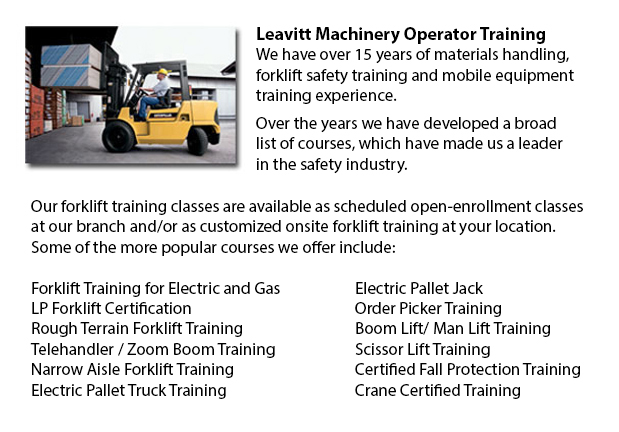
Aerial Lift Training Barrie - Aerial jacks are able to accommodate many tasks involving high and tricky reaching places. Often used to perform routine maintenance in structures with high ceilings, trim tree branches, hoist burdensome shelving units or patch up phone cables. A ladder could also be used for many of the aforementioned jobs, although aerial platform lifts provide more security and strength when properly used.
There are a lot of designs of aerial hoists existing on the market depending on what the task needed involves. Painters sometimes use scissor aerial lifts for instance, which are grouped as mobile scaffolding, useful in painting trim and reaching the 2nd story and above on buildings. The scissor aerial hoists use criss-cross braces to stretch out and enlarge upwards. There is a platform attached to the top of the braces that rises simultaneously as the criss-cross braces lift.
Cherry pickers and bucket trucks are a further kind of the aerial lift. Commonly, they possess a bucket at the end of a long arm and as the arm unfolds, the attached bucket lift rises. Lift trucks utilize a pronged arm that rises upwards as the handle is moved. Boom hoists have a hydraulic arm that extends outward and elevates the platform. Every one of these aerial platform lifts call for special training to operate.
Through the Occupational Safety & Health Association, also labeled OSHA, education courses are offered to help make sure the workers meet occupational values for safety, machine operation, inspection and repair and machine weight capacities. Workers receive qualifications upon completion of the course and only OSHA certified employees should run aerial lift trucks. The Occupational Safety & Health Organization has developed guidelines to maintain safety and prevent injury when utilizing aerial platform lifts. Common sense rules such as not using this machine to give rides and making sure all tires on aerial hoists are braced so as to prevent machine tipping are observed within the guidelines.
Sadly, figures show that in excess of 20 operators die each year when working with aerial lift trucks and 8% of those are commercial painters. The majority of these mishaps are due to improper tire bracing and the lift falling over; for that reason some of these deaths had been preventable. Operators should make sure that all wheels are locked and braces as a critical safety precaution to prevent the device from toppling over.
Other suggestions involve marking the encircling area of the machine in an observable way to safeguard passers-by and to ensure they do not approach too close to the operating machine. It is crucial to ensure that there are also 10 feet of clearance amid any power cables and the aerial hoist. Operators of this machinery are also highly recommended to always have on the appropriate security harness while up in the air.
-
Boom Trucks
Boom Trucks Training Barrie - Boom vehicle are often applied by phone, cable television and utilities organizations as they have extended folded arms which are commonly folded over the roofs of business vehicles. On the end of the extension of extend... More -
Reach Trucks
Reach Truck Training Barrie - Reach trucks are loading machines used by varieties of organizations that keep up a stockroom facility or circulation center relating to the arrangement of completed commodities and equipment on pallets which are inserte... More -
Genie Forklift
Genie Forklift Training Barrie - Genie is a globally established company that enjoys the spirit of collaboration with their extensive network of allied consumers. Genie Industries prides itself on the intention of bringing materials and people higher... More -
Pallet Stackers
Pallet Stackers Training Barrie - Pallet stackers are a style of pallet jack that can be employed to stack, transport and haul cargo positioned on a pallet that are far too burdensome for manual lifting. Mostly these mechanisms are used to load and u... More -
Toyota Forklift
Toyota Forklift Training Barrie - Since 1992, Toyota Material Handling inc., U.S.A., often known as TMHU, has been the best selling lift truck supplier in the United States. Proudly celebrating more than 40 years of service, the Irvine, California si... More

Forklift Certification Barrie
TOLL FREE: 1-888-254-6157
Barrie, Ontario
forkliftcertificationbarrie.com
Email Us
About Us


